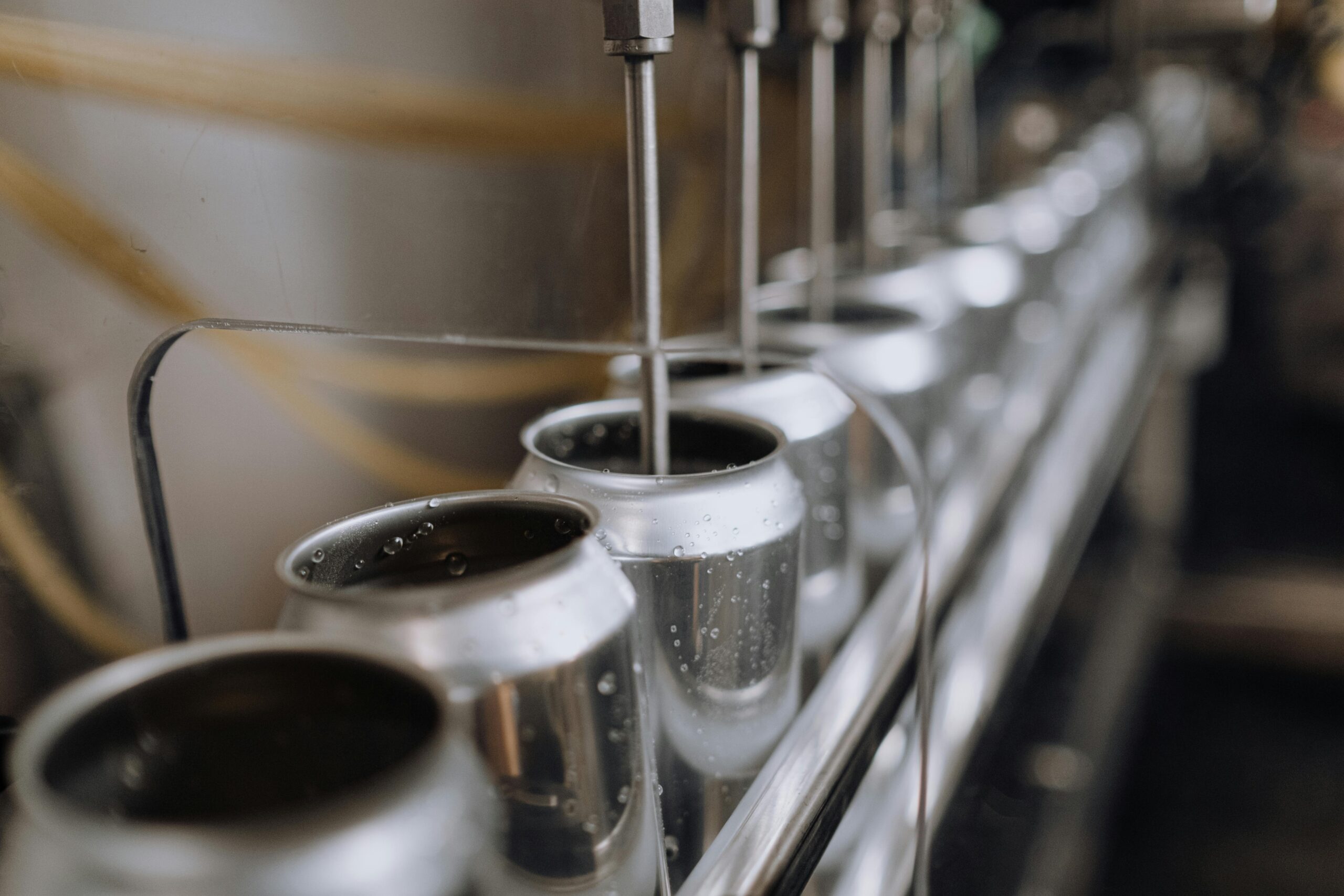The industrial metals sector has experienced a turbulent beginning to the year, with prices fluctuating significantly.
This volatility is primarily attributed to the uncertainties surrounding potential tariffs and trade restrictions.
The imposition or even the threat of tariffs can disrupt global supply chains, impacting the availability and cost of raw materials and finished products.
This uncertainty creates a sense of unease among market participants, leading to speculative trading and price swings.
Additionally, the complex interplay of geopolitical factors and macroeconomic trends further contributes to the volatility in industrial metals markets.
US President Donald Trump declared over the weekend that he intends to impose a 25% tariff on all steel and aluminum imports into the US.
The tariffs, according to Trump, will apply to all countries, including major suppliers like Mexico and Canada. He did not, however, specify when the duties would go into effect.
Last week, Trump postponed the 25% general import tariffs on Canada and Mexico, but imposed a 10% levy on all Chinese shipments. However, the future of the tariffs remains unclear.
Beijing retaliated immediately by imposing a range of tariffs on US products.
“There is a possibility that these tariffs are used as a negotiating tactic and are relaxed following concessions from target countries. This uncertainty will continue to weigh on sentiment,” Ewa Manthey, commodity strategist at ING Group, said in a report.
US imports
The US depends on imports for approximately half of its aluminium requirements. Canada is the primary source, fulfilling 58% of these imports.
The United Arab Emirates trails behind at 6%, as per US government data.
Additionally, the US depends on Mexico and Canada for approximately 90% of its aluminium scrap imports.
The US imported 23% of its steel from Canada. Following Canada, the US imported 16% of its steel from Brazil, 12% from Mexico, and 10% from South Korea.
Manthey said:
Industries like automotive and manufacturing in the US, which heavily rely on imports of aluminium and steel and are deeply integrated with US supply chains, would face increased costs and disruptions if the proposed tariffs went ahead since many parts cross the border multiple times before becoming a final product.
Aluminium sector no stranger to US tariffs
The US had previously taken trade action against the aluminium sector.
In January 2018, Trump in his first term as US president had imposed a 10% duty on aluminium imports and 25% on steel imports from most countries, with the exception of Australia.
This was done to encourage domestic metal production.
The levies were later extended to the EU, Canada, and Mexico in June.
However, in 2024, the output of the US steel industry was 1% lower than it had been in 2017 before the introduction of the first round of tariffs by Trump, while the aluminium industry produced almost 10% less, according to ING.
“For aluminium, rising energy costs have played a major role in the decline of the US smelting industry over the years. Canada’s aluminium industry, on the other hand, benefits from cheap hydropower to power its smelters,” Manthey added.
The 2018 tariffs caused US Midwest premiums to soar, but the impact on the London Metal Exchange prices was negligible.
LME aluminium prices fell 10% over two months but then rebounded 27% within a month after the decline.
The tariffs on steel and aluminum from Canada and Mexico were removed in April 2019, following a new free trade agreement with the US.
These duties had initially been implemented a year earlier.
Later, in December 2019, tariffs on some Chinese products were reduced to 7.5%.
Impact on aluminium
“Aluminium is likely to be most impacted by potential tariffs on metals with the US importing significant volumes of its aluminium from abroad,” Manthey added.
Tariffs would result in higher aluminium prices in the US, representing a significant upside risk to the US Midwest premium this year.
The US Midwest premium is the best indicator of tariff risk.
Since Trump won the US presidential election, it has increased by over 30%.
These premiums are added on top of the global benchmark prices, which are set on the LME, to deliver the metal to the US Midwest.
Tariffs also risk demand destruction in the US, as the extra costs would most likely be passed on to end consumers, according to experts.
“We might also see changes in trade flows of aluminium.
Canadian exports might get redirected to Europe as it has duty-free access.
This would be bearish for European premiums,” Manthey said.
The US currently sources only around 4% of its aluminium imports from China.
This is due to recent tariffs and trade actions that have made China a less attractive trading partner for aluminium products.
As a result, a 25% increase in US tariffs on Chinese aluminium would likely have minimal impact on China’s aluminium industry, according to Manthey.
“While Trump’s tariffs on aluminium might drive an initial, short-term, price surge, the prospect of a global trade war is bearish for the LME aluminium price,” she added.
The post How tariff threats are fueling uncertainty in the aluminum sector appeared first on Invezz

